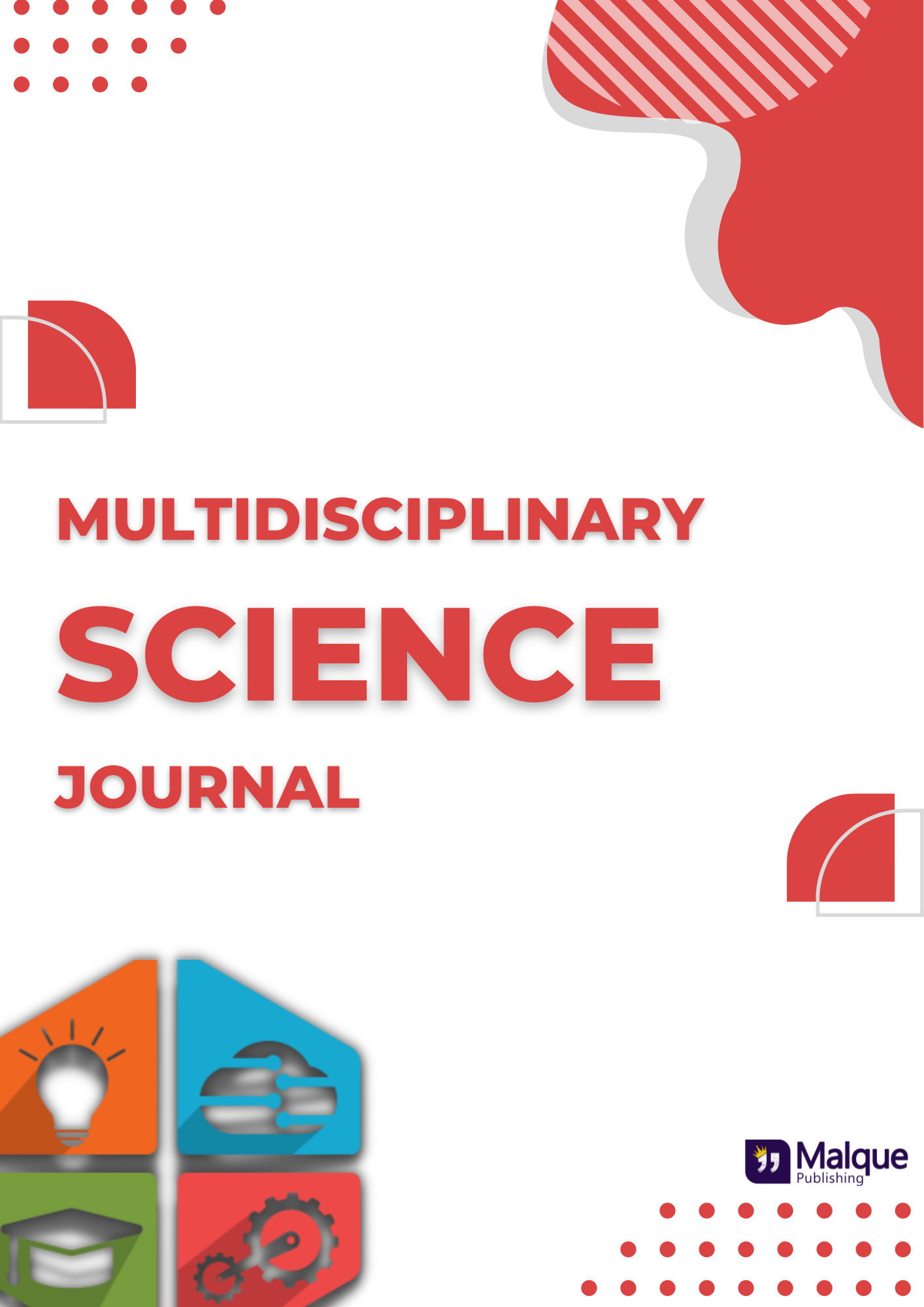Utilization of local food on the prevention of dental caries among the elementary school children in the fishing community
Abstract
The potential benefits of local food derived from rebon shrimp (Acetes sp.) as a preventive measure for dental caries are described in this study, which focused on Bagan Serdang village. Situated in the coastal area of Pantai Labu subdistrict, Deli Serdang Regency, this village relies mainly on fisheries for income resources, with rebon shrimp being one of the leading marine products. The high abundance of calcium in rebon shrimp is well-known, with 2,306 mg of shrimp paste equivalent to 16 times the calcium content of 100 g of dietary milk. This preliminary study aimed to investigate the potential of rebon shrimp as a preventive measure for dental caries in school children aged 8-12 years from public elementary school 106448 in Bagan Serdang village. The study utilized Cariogram software to assess caries risk factors, including caries experience, pH and saliva secretion, plaque index, diet contents and frequency, fluoride exposure program, and clinical judgment. Atomic Absorbed Spectrophotometer (AAS) method was used to measure salivary calcium ions. In addition, the calcium content in rebon shrimp was measured in the laboratory of the industrial research center in Medan. The concentration of salivary calcium ions was found to be very low, with a mean of 0.75±0.32 mmol/L. The Cariogram assessment revealed a high caries risk of 54.12% among elementary school children. The laboratory results showed that dried rebon shrimp had a calcium content of 1.50% (w/w), while fresh rebon shrimp had a calcium content of 1.54% (w/w). Given the high prevalence and caries risk profile of elementary school children in Bagan Serdang village, the study suggests that the low concentration of salivary calcium ions and the high availability of calcium-enriched rebon shrimp can be used as a preventive strategy against dental caries in this population.










